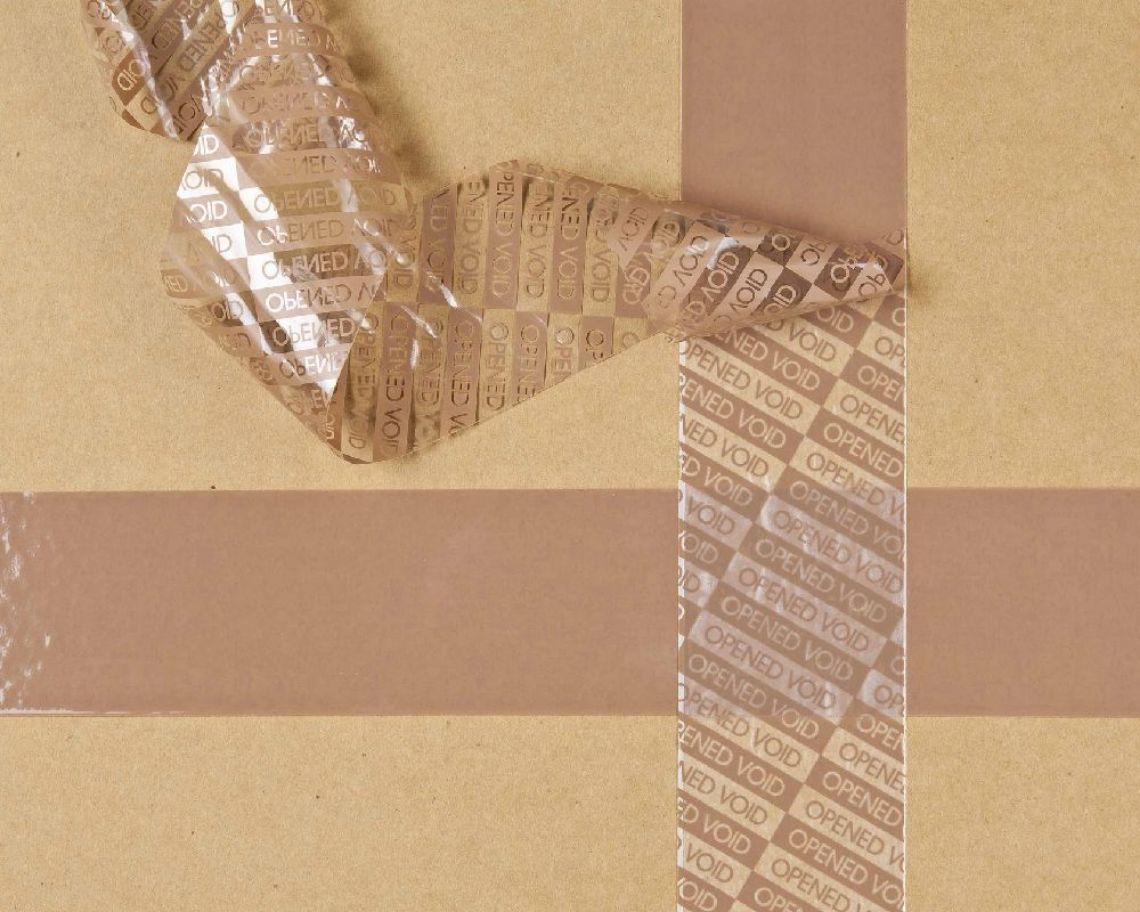Email us
Call us
01829 760000
Securing your parcels against tampering or damage in transit
Sending parcels and documents, at home and abroad, is always fraught with risks; once it leaves your sight, who knows really who might attempt to access, steal or otherwise interfere with the consignment you are sending?
Couriered parcels are usually handled by many parties, including multiple handlers at local and regional courier depots; third-party drivers; customs inspectors, airport handlers and more. Each step in the process involves the potential for access, tampering or theft. Such access need not necessarily be illegitimate – for example, customs authorities, as part of the controlled flow of goods, are required on occasion to visually inspect the contents of a consignment to check that they conform to the description noted in export paperwork.
The problem is knowing whether or not your consignment has been handled or damaged – and whether inspections of valuable, fragile or sensitive items need to be carried out to ensure that they have not been compromised.
Without actually being there, how can you do this? One way is to secure your consignment is with tamper-evident security labels or security tape. There are many types of security label or security tape, suited to the particular requirements of the item to be sealed:-
 |
| Residue security labels; designed so that when peeled back they leave a mark or residue on the application surface to which they were applied. |
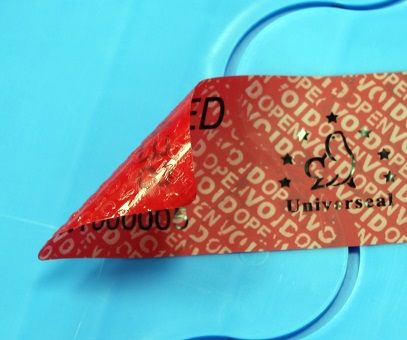 | Non-residue security labels; designed so that when removed they visually deform on the labels surface, leaving the application surface clear. | |
 | Residue Security Tape; suitable for sealing cardboard boxes and other containers – it can be used in conjunction with a normal packaging tape dispenser. The tape is marked and leaves a VOID on the sealed packaging upon removal. | |
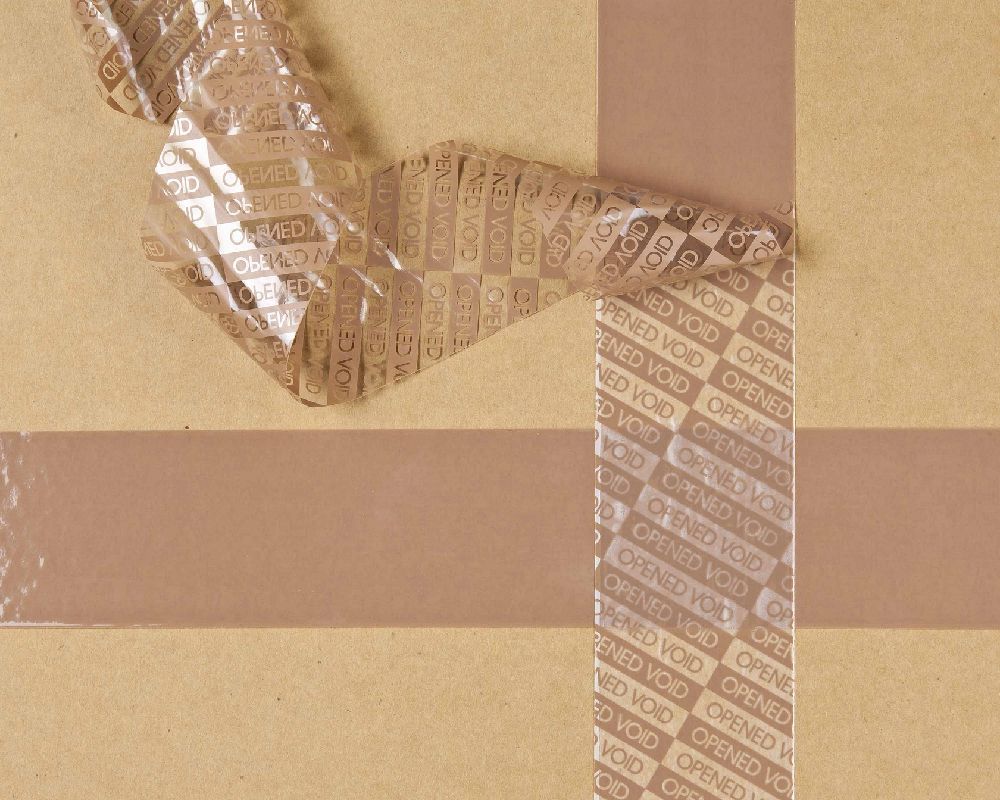 | Plain Security Tape; a plain tape which looks visually very similar to traditional brown packaging tape, so as to avoid any unnecessary attention from opportunists. However, once the tape is removed a VOID residue is left upon the box. | |
Such products can be applied to seal and secure any flat surface, such as inner packaging, cartons, mail bags and envelopes, to deter and minimise the risks of opening. Once applied, such labels or tape act as a quick visual reference for the user as to whether or not sealed items have been accessed: once opened, the product physically and permanently changes state with a VOID message appearing on the surface of the product.
This gives control back to the company or individual sending the parcel: for example, using tamper-evident labels will ensure that customs handlers record checks made on consignments, giving you more information on which items have been opened and handled during transit.
Take a cardboard box for example, lacking any sort of locking hasp to accommodate a plastic security seal, security labels can be placed across a carton’s point of access. This ensures that a handler, for example a custom official, is required to peel back or cut the label.
The incorporation of sequential numbering onto security labels also means that they cannot simply be easily replaced to conceal the opening; when the consignment reaches its destination, it is clear if it has been searched because recorded numbers will not match.
—————————————————————————————————————————————————————————————
Of course, security labels aren’t just limited to this sort of application, they can be used in many different ways such as asset identification and to display warranty and servicing information. Some security labels also employ other methods of tamper evidence like the destructible label, which fragments upon removal – meaning that it is impossible to remove and re-instate.
 |  | 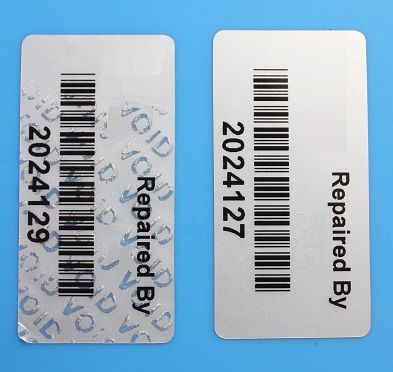 | 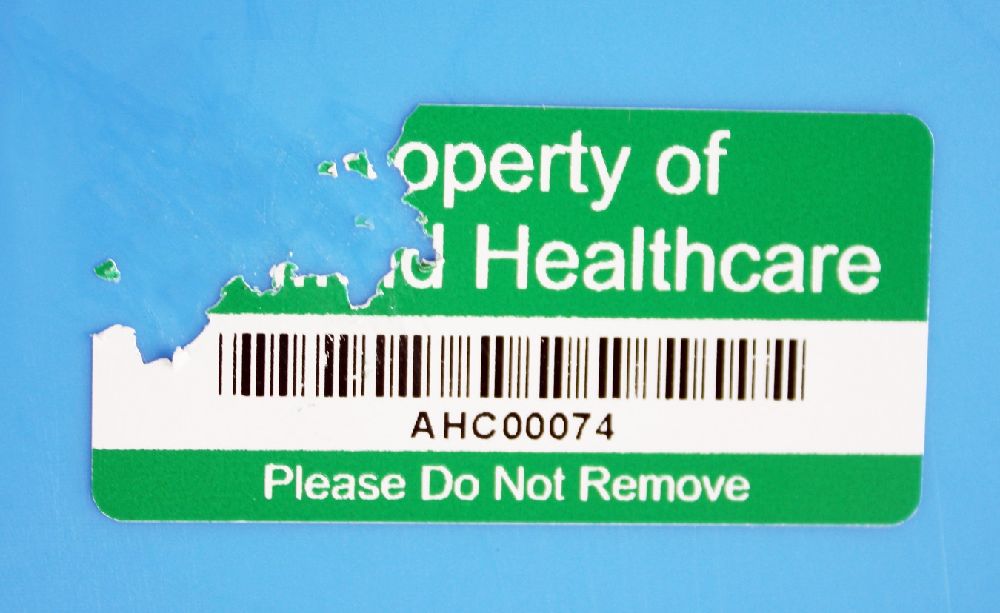 |
| Asset Labels | Warranty labels | Vinyl Destructible Labels |
For further information please visit our Security Tapes & Labels area of our website or alternatively you can call us to discuss your requirements.
Display
per page


